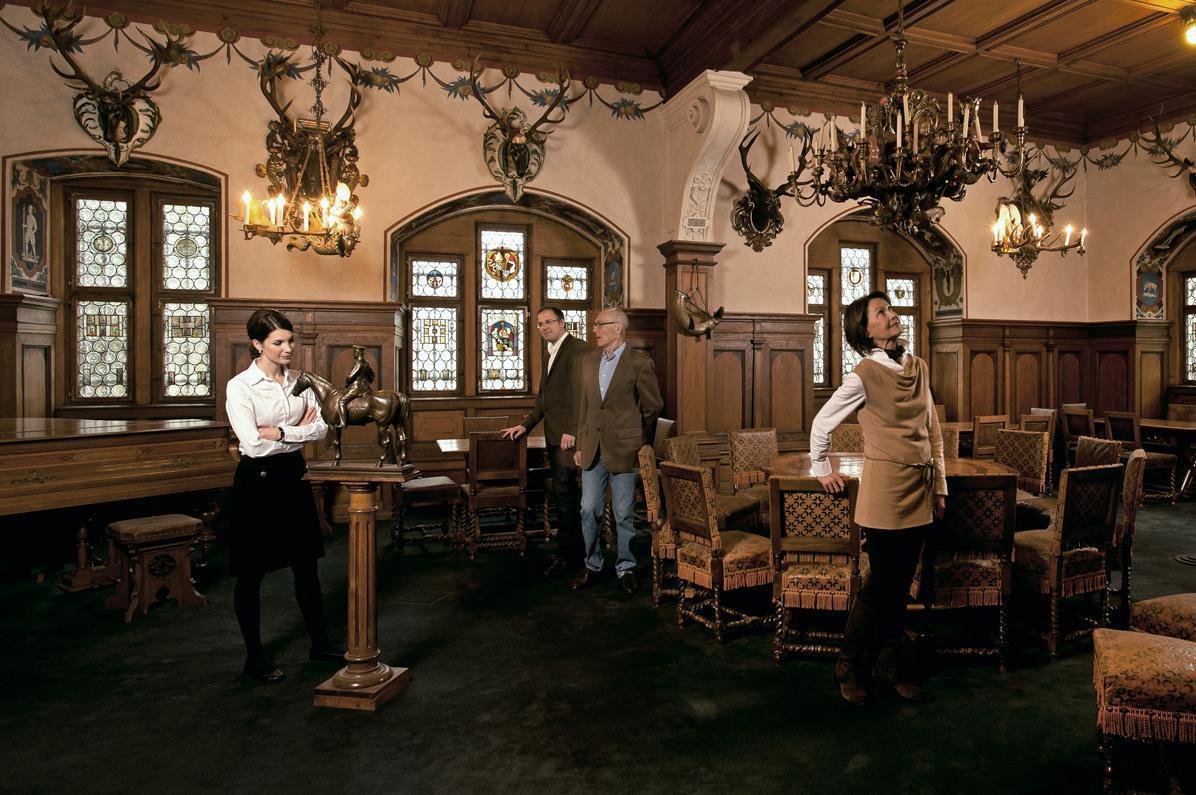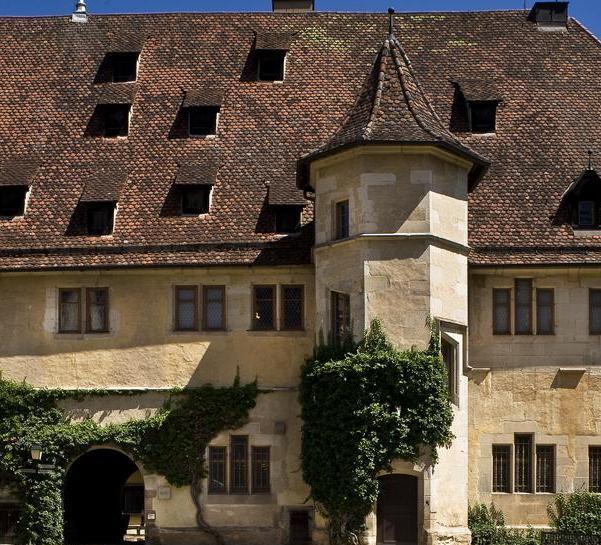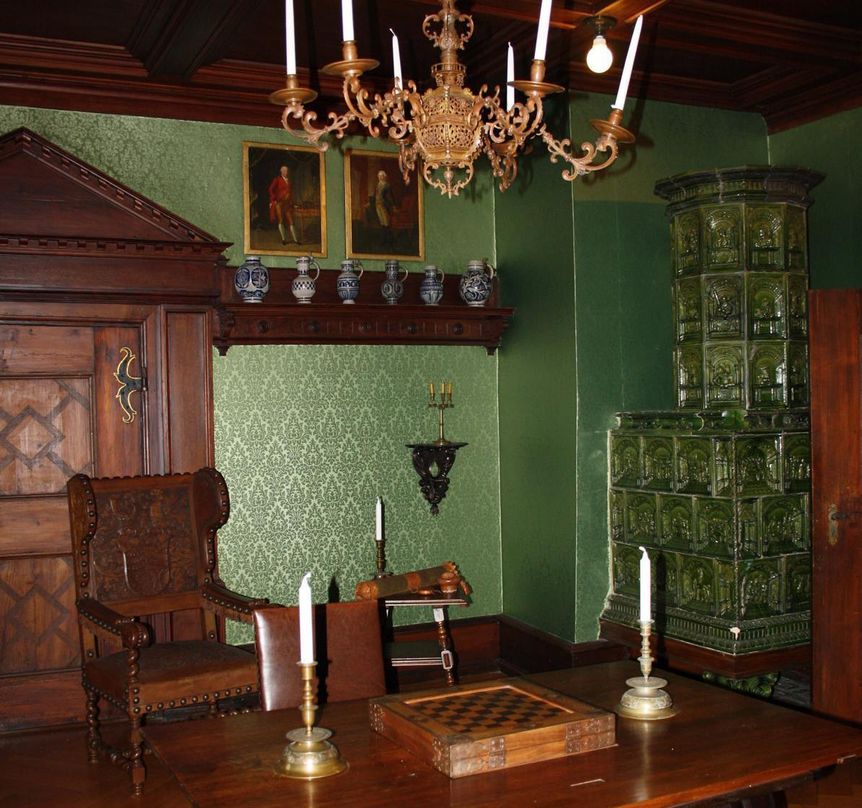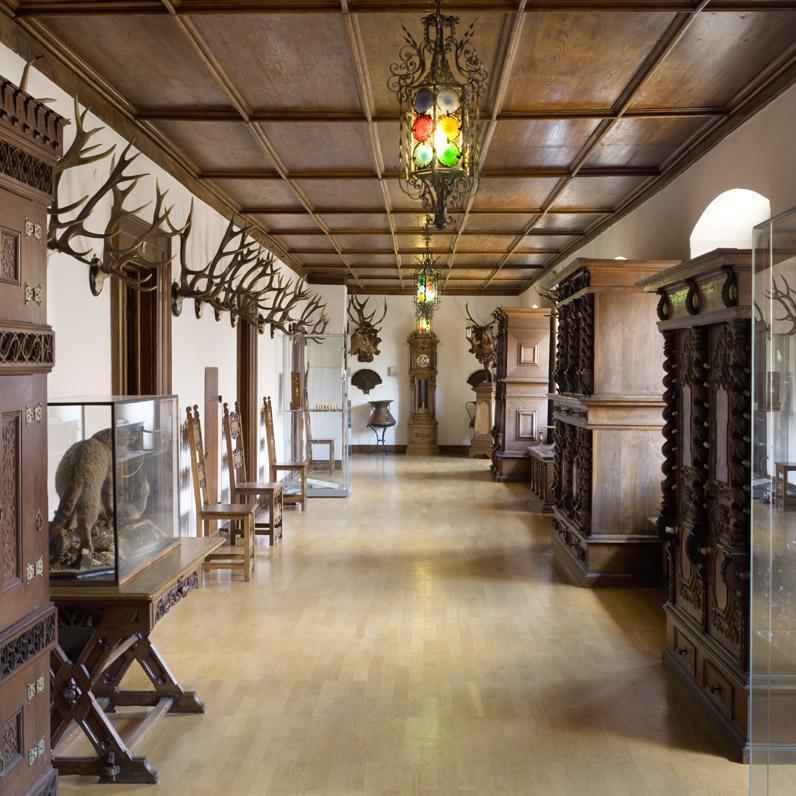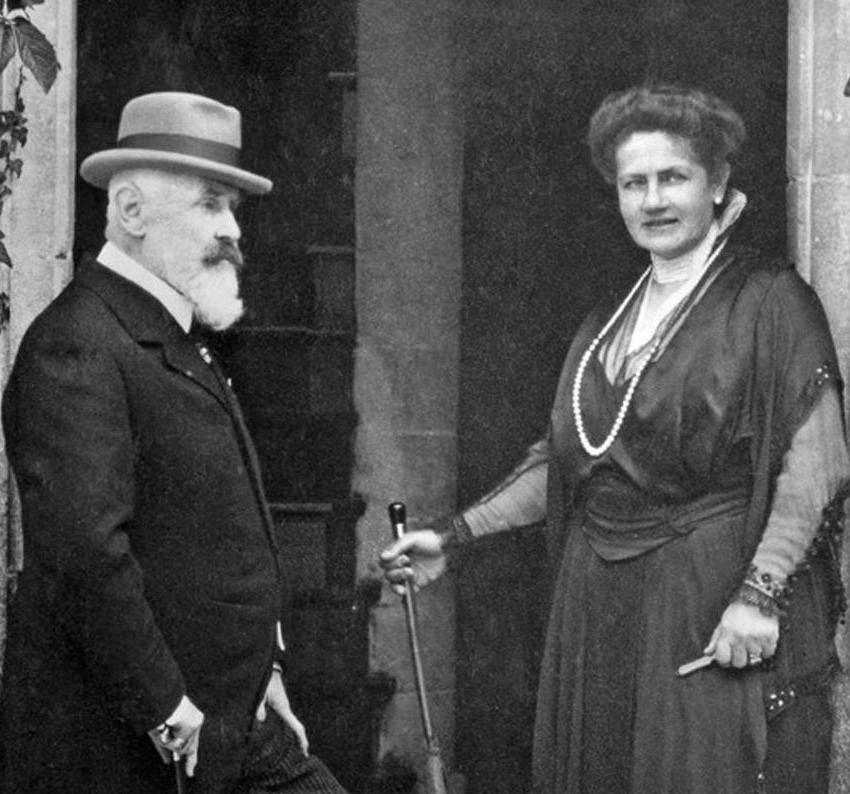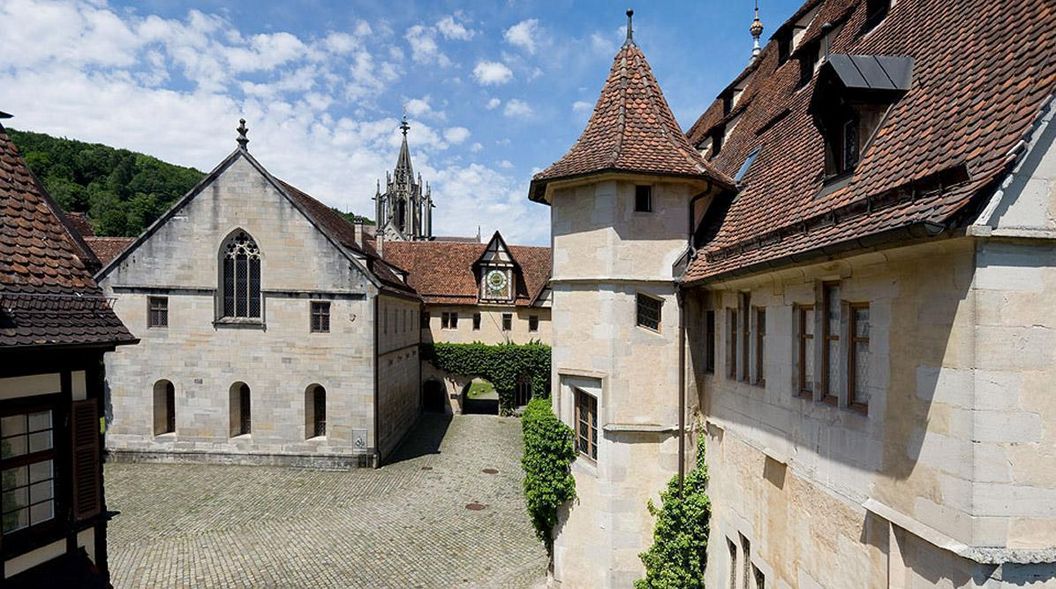Here, the king could have privacyThe palace
King Friedrich I von Württemberg had the monastery's former abbot's house converted into a hunting lodge in 1807. Until the early 20th century, his two successors Karl I and Wilhelm II used Bebenhausen as a retreat from the court at Stuttgart and as a peaceful residence.



